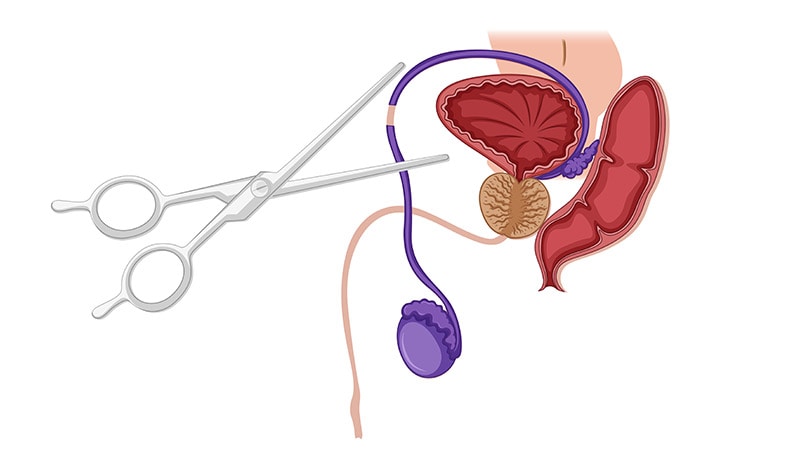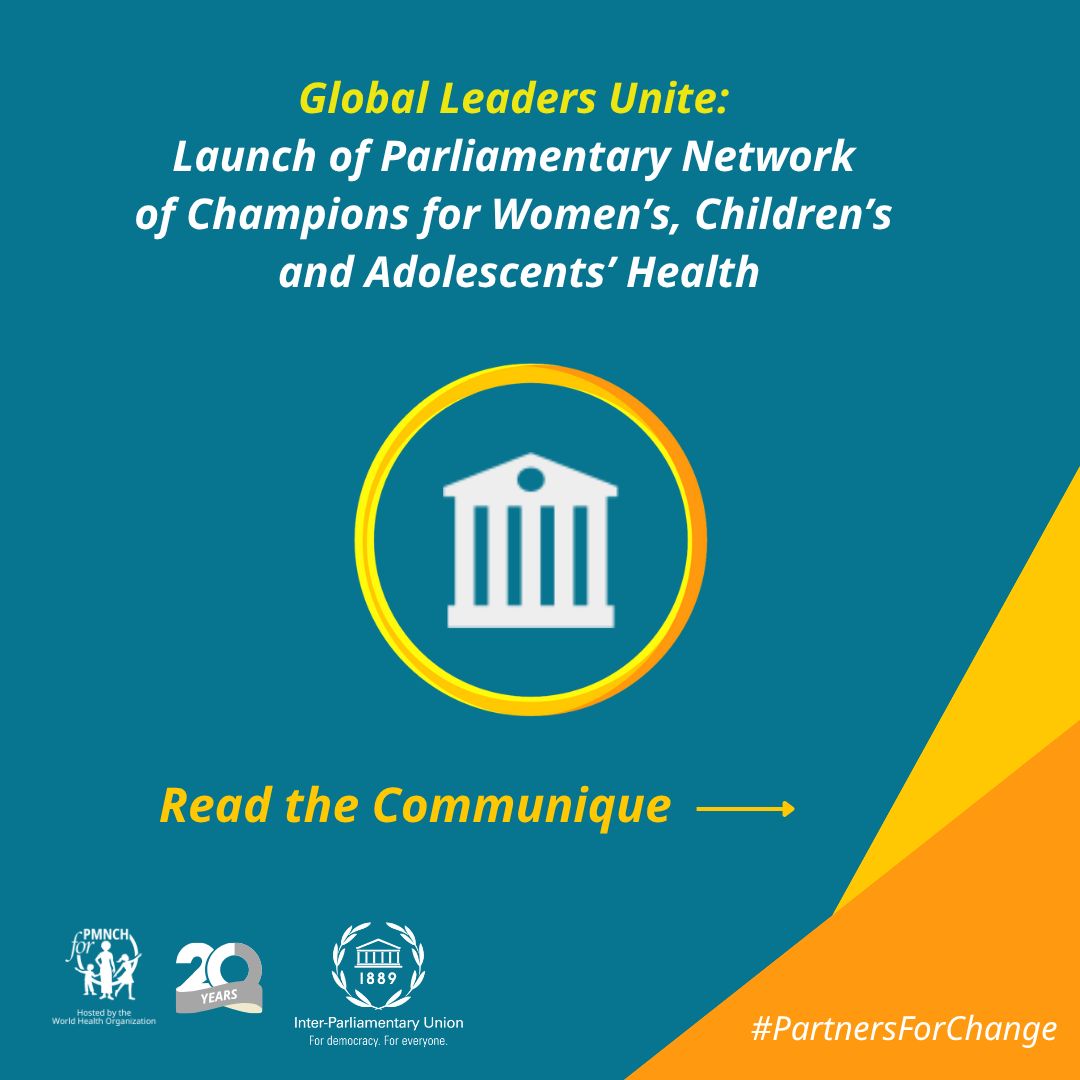Report on Chronic Obstructive Pulmonary Disease (COPD) Management and its Alignment with Sustainable Development Goals
Introduction: A Global Health Challenge in the Context of Sustainable Development
Chronic Obstructive Pulmonary Disease (COPD) represents a significant global health burden, contributing to substantial morbidity and mortality worldwide. The management of this non-communicable disease (NCD) is intrinsically linked to the achievement of the United Nations Sustainable Development Goals (SDGs). This report analyzes the clinical strategies for COPD, with a particular focus on non-invasive ventilation (NIV), and evaluates their contribution to advancing global health, equity, and well-being as outlined in the 2030 Agenda for Sustainable Development.
Aligning COPD Care with SDG 3: Good Health and Well-being
The primary objective of COPD management is to improve patient outcomes, a goal that directly supports SDG 3: Ensure healthy lives and promote well-being for all at all ages. Specifically, effective COPD care is critical for achieving Target 3.4, which aims to reduce by one-third premature mortality from NCDs through prevention and treatment.
- Diagnosis and Prevention: Global strategies for the diagnosis, management, and prevention of COPD are fundamental to mitigating its impact. Early and accurate diagnosis allows for timely intervention, slowing disease progression and reducing the frequency of severe exacerbations.
- Management of Exacerbations: Acute exacerbations of COPD often require hospitalization and are a major cause of mortality. Advanced therapeutic interventions are crucial for managing these episodes and improving long-term survival rates.
- Treatment of Comorbidities: COPD is frequently associated with extrapulmonary comorbidities that complicate treatment and worsen patient outcomes. An integrated care approach that addresses these associated conditions is essential for holistic patient well-being, reflecting the comprehensive nature of SDG 3.
Non-Invasive Ventilation (NIV) as a Catalyst for Health Equity (SDG 3 & SDG 10)
Non-invasive ventilation has emerged as a cornerstone of COPD management, particularly for patients experiencing acute hypercapnic respiratory failure. The deployment and accessibility of this technology are vital for both improving health outcomes (SDG 3) and addressing health disparities (SDG 10: Reduced Inequalities).
Key Applications and Outcomes of NIV
- Acute Care Settings: In cases of acute respiratory failure, NIV has been shown to be a life-saving intervention. It provides necessary ventilatory support without the need for endotracheal intubation, thereby reducing complications, mortality rates, and the length of hospital stays. This improves the efficiency and capacity of healthcare systems.
- Domiciliary and Long-Term Care: The use of home-based NIV for stable, chronic hypercapnic COPD patients is increasingly recognized for its benefits. It helps reduce hospital readmissions, improves gas exchange, and enhances the quality of life, allowing individuals to maintain greater independence and well-being within their communities.
- Post-Exacerbation Support: Initiating domiciliary NIV after a severe exacerbation can improve long-term survival and reduce the risk of subsequent hospitalizations, providing a sustainable care pathway that alleviates pressure on acute healthcare facilities.
Broader Socioeconomic Implications and SDG Synergy
The effective management of COPD extends beyond immediate health benefits, creating positive ripple effects across multiple SDGs.
- SDG 1 (No Poverty) & SDG 8 (Decent Work and Economic Growth): By reducing the debilitating effects of COPD and preventing frequent hospitalizations, effective treatments like NIV enable patients to remain active and economically productive for longer. This mitigates the risk of income loss and medical-related poverty for patients and their families.
- SDG 11 (Sustainable Cities and Communities): The prevention of COPD is linked to environmental factors, particularly air quality. Efforts to reduce air pollution in urban and rural areas are critical for primary prevention of respiratory diseases, aligning public health initiatives with environmental sustainability goals.
- SDG 17 (Partnerships for the Goals): The extensive body of international research, clinical trials, and meta-analyses on COPD and NIV underscores the power of global collaboration. Continued partnerships between research institutions, healthcare providers, and policymakers are essential to refine clinical guidelines, innovate new technologies, and ensure their equitable distribution worldwide.
Conclusion and Recommendations for Sustainable Health Futures
Comprehensive management of COPD, featuring evidence-based interventions such as non-invasive ventilation, is a critical component of the global effort to achieve the Sustainable Development Goals. It directly advances SDG 3 by reducing premature mortality from NCDs and promotes health equity as envisioned in SDG 10.
To further this agenda, the following actions are recommended:
- Strengthen health systems to ensure universal access to accurate diagnosis and effective COPD treatments, including NIV technology in both acute and domiciliary settings.
- Integrate COPD care with public health policies aimed at reducing risk factors like air pollution and tobacco use, creating a multi-sectoral approach to disease prevention.
- Foster continued international research collaboration to optimize treatment protocols, assess long-term outcomes, and develop cost-effective solutions that can be implemented globally, ensuring that advancements in medical science benefit all populations.
Analysis of Sustainable Development Goals in the Article
1. Which SDGs are addressed or connected to the issues highlighted in the article?
The primary Sustainable Development Goal (SDG) addressed in the article is:
-
SDG 3: Good Health and Well-being
The entire article, which is a comprehensive list of references, focuses on the diagnosis, management, treatment, and prevention of Chronic Obstructive Pulmonary Disease (COPD). COPD is a major non-communicable, chronic respiratory disease. The references cited investigate various medical interventions, patient outcomes, mortality rates, and quality of life, all of which are central to the mission of SDG 3 to “ensure healthy lives and promote well-being for all at all ages.”
2. What specific targets under those SDGs can be identified based on the article’s content?
Based on the focus of the cited research, the following specific targets under SDG 3 can be identified:
-
Target 3.4: By 2030, reduce by one third premature mortality from non-communicable diseases through prevention and treatment and promote mental health and well-being.
The article’s content is directly aligned with this target. Many of the cited studies evaluate treatments aimed at improving outcomes and reducing the mortality associated with COPD. For instance, reference 5 discusses “Mortality prediction in chronic obstructive pulmonary disease,” and numerous other references analyze the efficacy of treatments like non-invasive ventilation on “long-term survival” (ref 28, 58) and reducing “hospital readmission or death” (ref 35). The mention of “quality of life” (ref 40) also connects to the well-being aspect of this target.
-
Target 3.8: Achieve universal health coverage, including financial risk protection, access to quality essential health-care services and access to safe, effective, quality and affordable essential medicines and vaccines for all.
The extensive list of studies on treatments such as “non-invasive positive pressure ventilation” (ref 9, 17, 21, 57) and its application in various settings, including “domiciliary noninvasive ventilation” (ref 13, 61), underscores the importance of access to these essential healthcare services. The research aims to establish the effectiveness and clinical outcomes of these technologies, which is a critical step in defining quality essential care for COPD patients as part of a universal health coverage package.
-
Target 3.d: Strengthen the capacity of all countries, in particular developing countries, for early warning, risk reduction and management of national and global health risks.
This target is relevant through references that point to organized, large-scale efforts to manage COPD. For example, reference 3 mentions the “Global strategy for the diagnosis, management, and prevention of chronic obstructive pulmonary disease,” and reference 2 summarizes the “Chronic Obstructive Pulmonary Disease Clinical Practice Guideline… by the Korean Academy of tuberculosis and respiratory disease.” These documents represent efforts to strengthen national and global capacities for managing the health risks posed by COPD.
3. Are there any indicators mentioned or implied in the article that can be used to measure progress towards the identified targets?
While the article does not explicitly name SDG indicators, the outcomes measured in the cited studies serve as direct or indirect measures for them:
-
Indicator 3.4.1: Mortality rate attributed to cardiovascular disease, cancer, diabetes or chronic respiratory disease.
This indicator is strongly implied. The research cited in the article frequently measures mortality, survival rates, and long-term outcomes for patients with COPD, a chronic respiratory disease. Studies like “Mortality prediction in chronic obstructive pulmonary disease” (ref 5), “Impact of noninvasive home ventilation on long-term survival” (ref 28), and those analyzing “death after an acute COPD exacerbation” (ref 35) provide the exact data required to calculate and track this indicator.
-
Indicator 3.8.1: Coverage of essential health services.
This indicator is implied through the focus on specific medical interventions. The numerous randomized controlled trials and meta-analyses (e.g., ref 12, 13, 16, 17, 18) evaluating non-invasive ventilation (NIV) for COPD patients suggest that the availability, access to, and use of this treatment are key metrics for assessing the coverage of essential health services for this condition. The studies on “domiciliary” or “home” ventilation (ref 35, 42, 54) further relate to the accessibility and breadth of these services beyond a hospital setting.
4. Table of SDGs, Targets, and Indicators
| SDGs | Targets | Indicators |
|---|---|---|
| SDG 3: Good Health and Well-being | Target 3.4: Reduce premature mortality from non-communicable diseases (NCDs) through prevention and treatment. | Indicator 3.4.1 (Implied): Mortality rate attributed to chronic respiratory disease. The article’s references on mortality prediction (ref 5), long-term survival (ref 28, 58), and death following exacerbations (ref 35) directly inform this indicator by measuring outcomes of COPD, a major NCD. |
| SDG 3: Good Health and Well-being | Target 3.8: Achieve universal health coverage and access to quality essential health-care services. | Indicator 3.8.1 (Implied): Coverage of essential health services. The extensive evaluation of specific treatments like non-invasive ventilation (NIV) in hospital and home settings (ref 13, 35, 54) points to the use and availability of such technologies as a measure of essential service coverage for COPD patients. |
| SDG 3: Good Health and Well-being | Target 3.d: Strengthen capacity for management of national and global health risks. | The development and implementation of a “Global strategy for the diagnosis, management, and prevention of chronic obstructive pulmonary disease” (ref 3) and national clinical practice guidelines (ref 2) are qualitative indicators of strengthened capacity to manage the global health risk of COPD. |
Source: bmcpulmmed.biomedcentral.com







